Montserrat year 1990 WWF – Dolphins max card set
Montserrat, a small island in the Caribbean, is surrounded by the rich waters of the Caribbean Sea, home to various species of marine life, including dolphins. Here is an overview of the dolphins found in Montserrat’s waters:
Common Dolphin Species
- Bottlenose Dolphin (Tursiops truncatus):
- Description: Known for their friendly nature and high intelligence, Bottlenose Dolphins are gray with a prominent dorsal fin.
- Habitat: They are commonly found in both coastal and offshore waters around Montserrat.
- Behavior: Often seen in groups, they are known for their acrobatic displays and interactions with humans.
- Spinner Dolphin (Stenella longirostris):
- Description: Recognizable by their long, slender bodies and distinctive spinning leaps out of the water.
- Habitat: Prefer deep, offshore waters but can occasionally be seen near the coast.
- Behavior: Known for their acrobatic spins, they travel in large, dynamic groups.
- Atlantic Spotted Dolphin (Stenella frontalis):
- Description: Have a distinctive spotted pattern that increases with age, with a robust and streamlined body.
- Habitat: Typically found in warm, shallow waters and are often seen in the waters around Montserrat.
- Behavior: Social and energetic, often interacting with boats and swimmers.
Habitat and Ecology
- Coastal and Offshore Waters: Dolphins are found in various marine environments around Montserrat, from shallow coastal areas to deep offshore waters.
- Food Sources: Their diet consists mainly of fish and squid, which are abundant in the Caribbean Sea.
Behavior and Social Structure
- Social Groups: Dolphins are highly social animals, living in groups known as pods. These groups can range from a few individuals to several dozen.
- Communication: They use a complex system of vocalizations, including clicks, whistles, and body language, to communicate with each other.
- Acrobatics: Dolphins are known for their playful behavior, often seen leaping out of the water, riding waves, and interacting with boats.
Economic and Cultural Importance
- Tourism: Dolphin watching is a popular tourist activity in Montserrat, attracting visitors who want to see these intelligent and playful animals in their natural habitat.
- Local Culture: Dolphins hold a place in local folklore and culture, often symbolizing freedom, intelligence, and joy.
Conservation and Challenges
- Threats:
- Habitat Degradation: Pollution, coastal development, and marine traffic can impact dolphin habitats.
- Fishing Practices: Bycatch in fishing nets is a significant threat to dolphin populations.
- Conservation Efforts:
- Protected Areas: Establishing marine protected areas to safeguard critical habitats.
- Sustainable Practices: Promoting sustainable fishing practices and reducing pollution to protect marine life.
- Research and Monitoring:
- Population Studies: Ongoing research to monitor dolphin populations and understand their behavior, health, and ecology.
- Public Awareness: Educating the public about the importance of dolphins and marine conservation.
Understanding and protecting the dolphins of Montserrat is crucial for maintaining the health of the marine ecosystem and supporting the island’s economy and cultural heritage. Conservation efforts must focus on mitigating threats, promoting sustainable practices, and fostering a deep appreciation for these remarkable marine mammals.

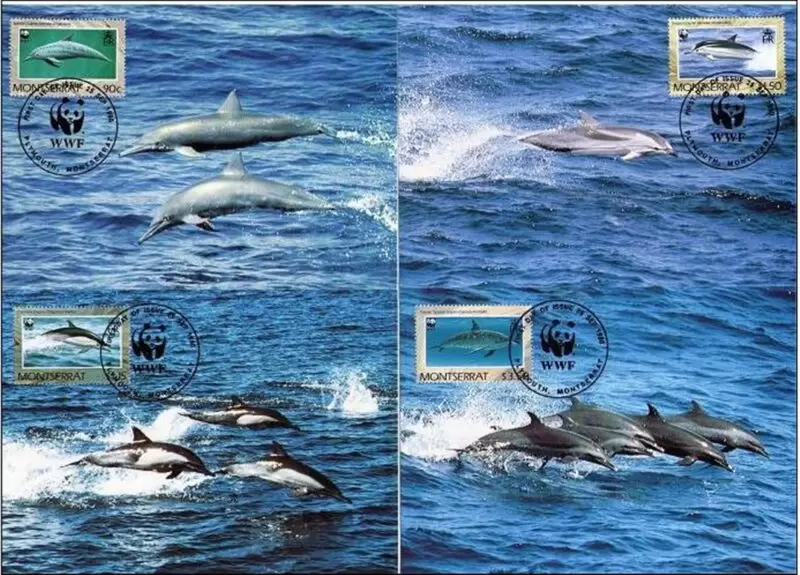
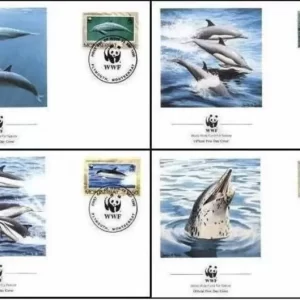
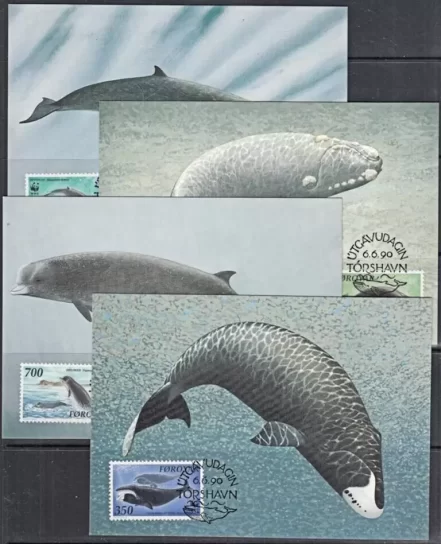


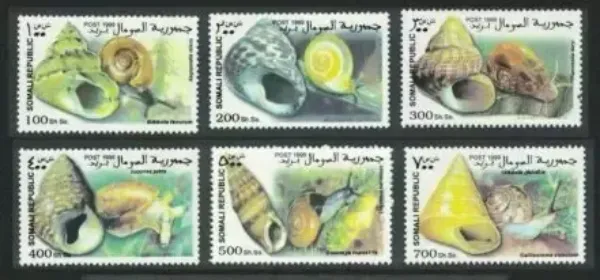
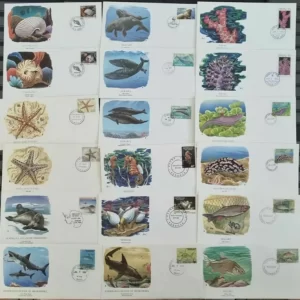
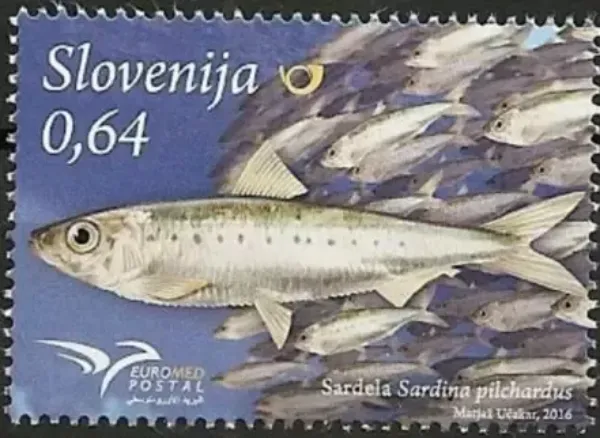
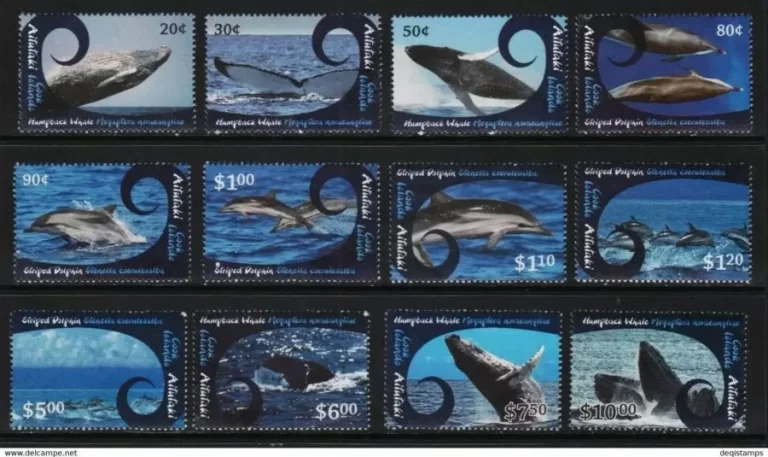
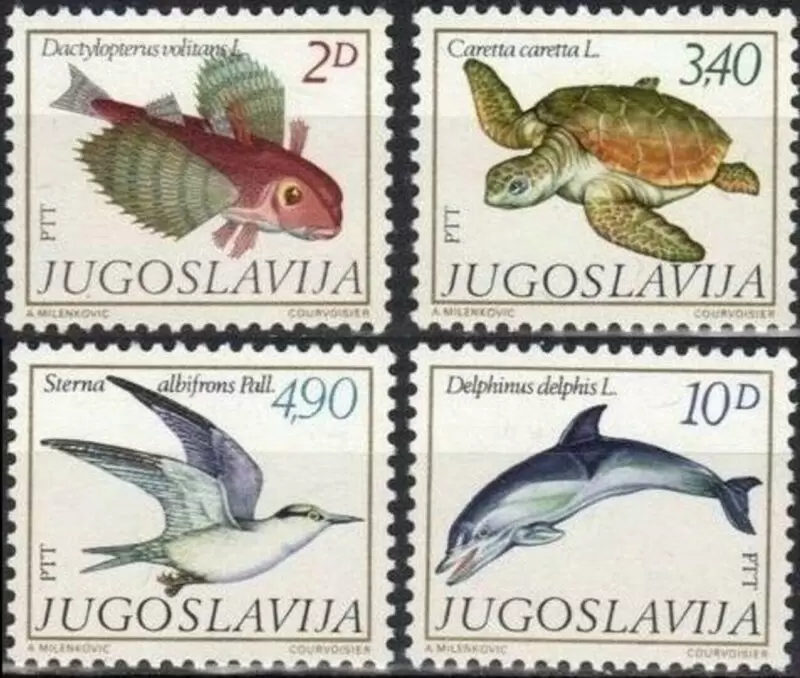
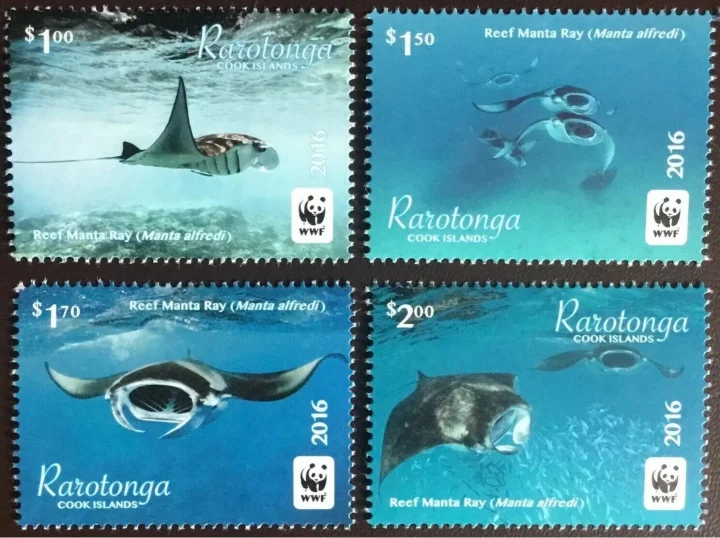
Reviews
There are no reviews yet.